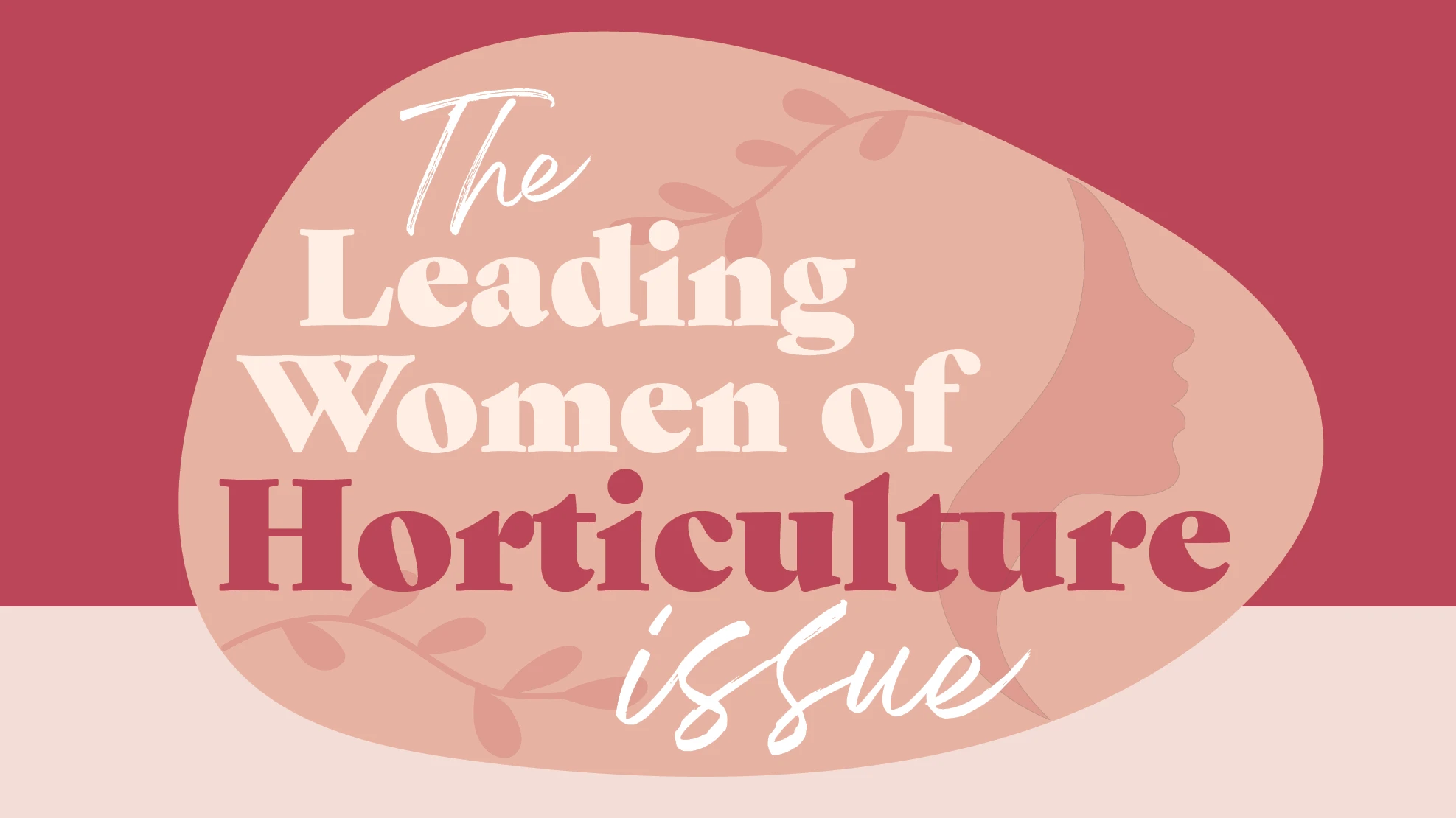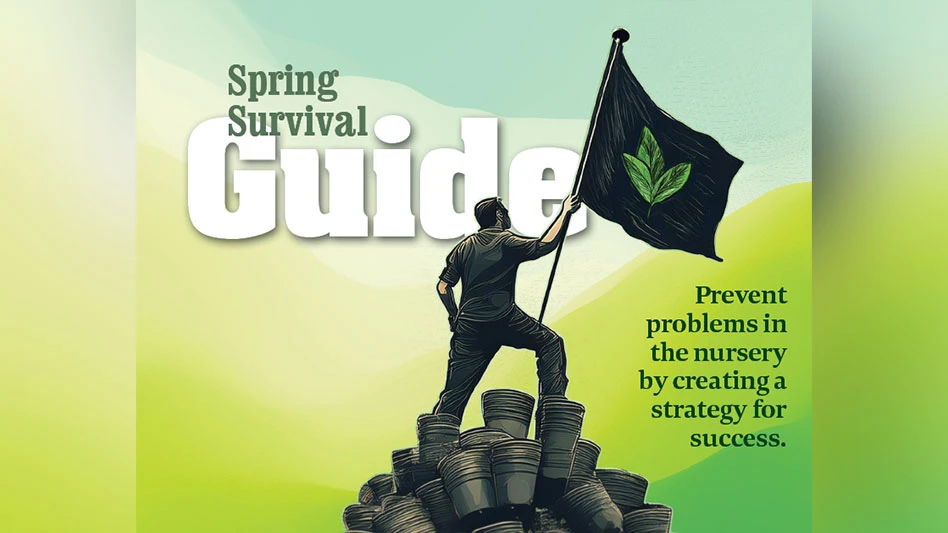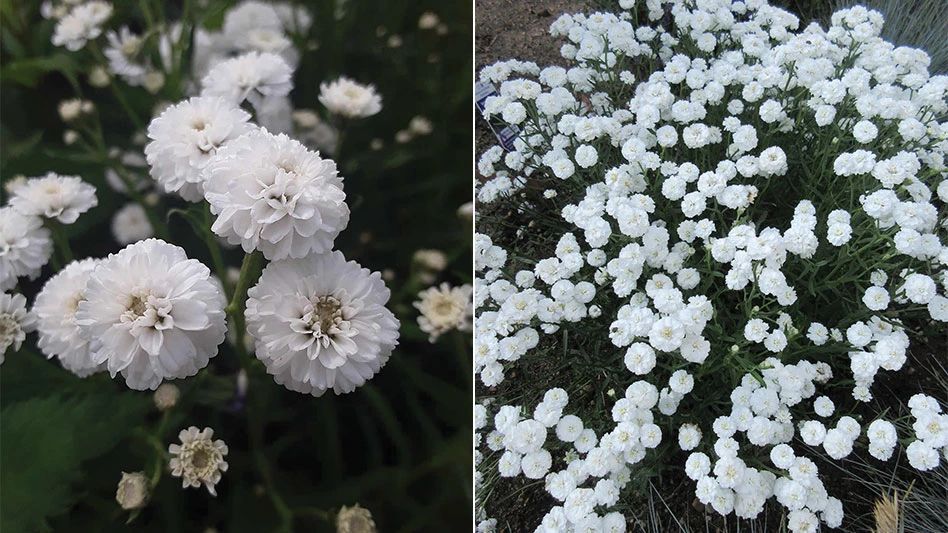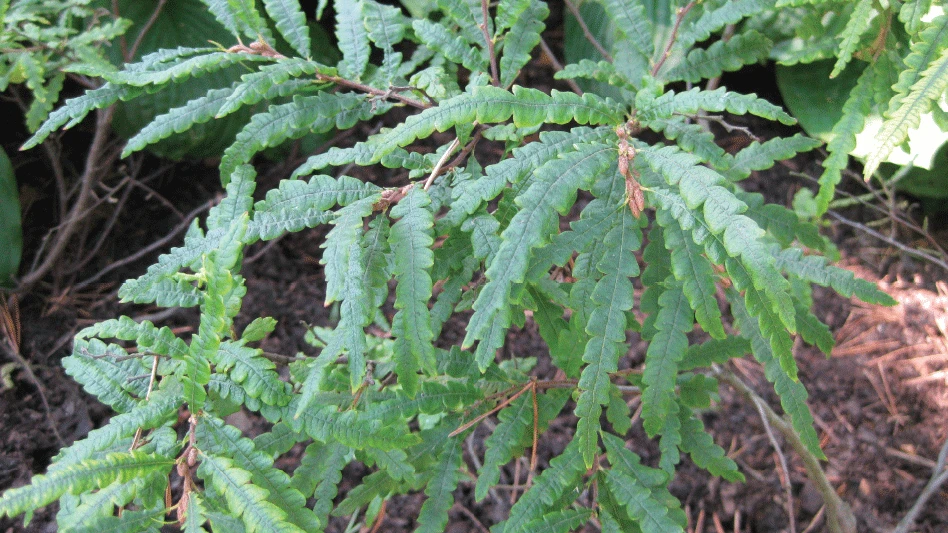
Weed management in ornamental nurseries is essential for maximizing plant production. Weeds compete with ornamental plants for space, light, water and nutrients, preventing maximum growth and vigor. Some weeds can indirectly affect plants as hosts for diseases and insects, and even harbor rodents that may feed on the bark of trees and shrubs. Aesthetically, weed growth does not portray a professional image.
A weed management program requires both cultural and chemical methods, used together for maximum effectiveness. Chemical controls alone cannot compensate for poor cultural practices, but good cultural practices can reduce the need for chemical weed control.
Cultural practices
Weed pressure and competition can be reduced by cultural practices such as hand weeding, cultivation, weed barriers, cover crops and sanitation. Hand weeding can be an expensive and tedious practice, but it can help control weeds that escape other methods. Cultivation is common in field-grown plantings to suppress weeds. Lightweight equipment is available to cultivate between rows, which minimizes damage to existing plants and reduces soil compaction. This practice must occur before weeds grow too large and begin to produce seed. Be aware that some weeds, such as quackgrass and nutsedge, have underground plant structures that will proliferate in a field if cultivation is the only weed control practice. Cultivation will be more successful when combined with chemical controls since cultivators cannot get close to or between trees and shrubs.
Plastic sheets, woven fabrics and ground covers, such as gravel and organic mulches, can serve as barriers to weed growth. These types of materials are best suited to small field plantings, liner production and container-grown plants. In container production, a combination of plastic and gravel or just woven fabric provides a weed suppressive surface to set containers on. Herbicides, such as pre-emergent products, can be used in conjunction with these physical barriers to improve weed control.
In field production, cover crops can be used if rows are wide enough so they do not compete with the nursery stock. Grasses add organic matter and help stabilize the soil to prevent erosion and run-off of nutrients and plant protection products. Cover crops reduce the total area that needs to be treated with herbicide or cultivated for weed control, which helps offset additional maintenance costs; however, cover crops have to be maintained to ensure their survival.
Sanitation contains elements of both cultural and chemical control to reduce weed seed contamination. Selection of weed-free media (soil-less) for container production and site preparation for field-grown production are key sanitation practices. Artificial media may be composted or steam pasteurized to kill weed seeds, and production fields can be chemically fumigated. At the very least, fields should be treated with herbicides prior to planting to help reduce the weed population. Surrounding areas can also be sources of weed seed and should be treated with herbicides, planted with grasses or mowed to prevent seed formation.

Chemical weed control
Herbicides can be classified by their site of activity and weed selectivity. Pre-emergent products control weeds at germination so they must be applied prior to weed seed germination. Post-emergent compounds control weeds after they have emerged from the soil. Some products selectively control weeds but do not harm the desirable plants, while non-selective products control all existing vegetation.
Non-selective herbicides such as glyphosate, glufosinate and diquat are widely used in nurseries to control established vegetation. Multiple applications are necessary during the growing season. These materials are foliar active and have no soil residue, thus care must be taken when sprayed around trees and shrubs. Best control is achieved when the weeds are actively growing.
Pre-emergent herbicides (Table 1) control several grassy and broadleaf weeds and have a specific site of activity that allows for treating over the top of many ornamentals. The low water solubility of these products permit use in porous soils and container media. Another advantage is the soil residual. Some herbicides can be tank-mixed with others to broaden the list of weeds controlled pre-emergence, particularly dicots.

The key to successful weed control with pre-emergent products is to apply weeks in advance of weed seed germination to ensure product activation. Perennial weeds developing from underground structures will not be controlled by pre-emergent herbicides. Spot treating with non-selective herbicides may be the only option for some perennial weeds.
Another class of herbicides are the meristematic inhibitors that selectively control grasses in ornamental plants. Some herbicides inhibit the growth of grasses and many ornamental plants are tolerant of these products. They are best applied before the grasses get too tall.
Limited trials should be conducted with a new herbicide program on multiple plant species before implementation. Always keep an untreated area that can be compared to a treated area. Remember, successful weed control requires both cultural and chemical programs for maximum effectiveness. NM
Get curated news on YOUR industry.
Enter your email to receive our newsletters.
Explore the September 2017 Issue
Check out more from this issue and find your next story to read.
Latest from Nursery Management
- Leading Women of Horticulture: Crystal Cady and Elizabeth Brentano
- USDA fires experts on invasive pests, including Asian citrus psyllid, chilli thrips
- Dümmen Orange North America celebrating 25th anniversary in 2025
- Redesigning women
- Illinois Landscape Contractors Association changes name to Landscape Illinois
- 2025 Proven Winners Horticulture Scholarship applications now open
- ICL’s Gemini Granular herbicide now registered for use in California
- Eurazeo Planetary Boundaries Fund acquires Bioline AgroSciences







